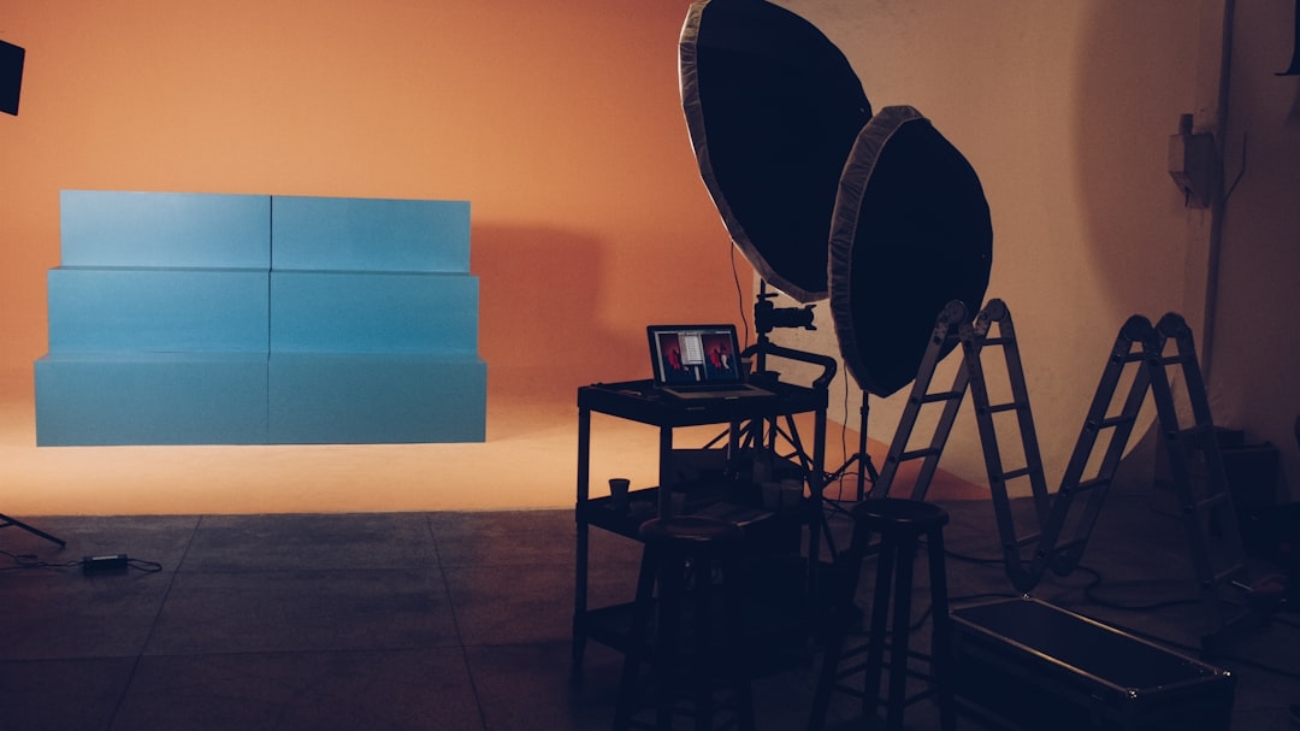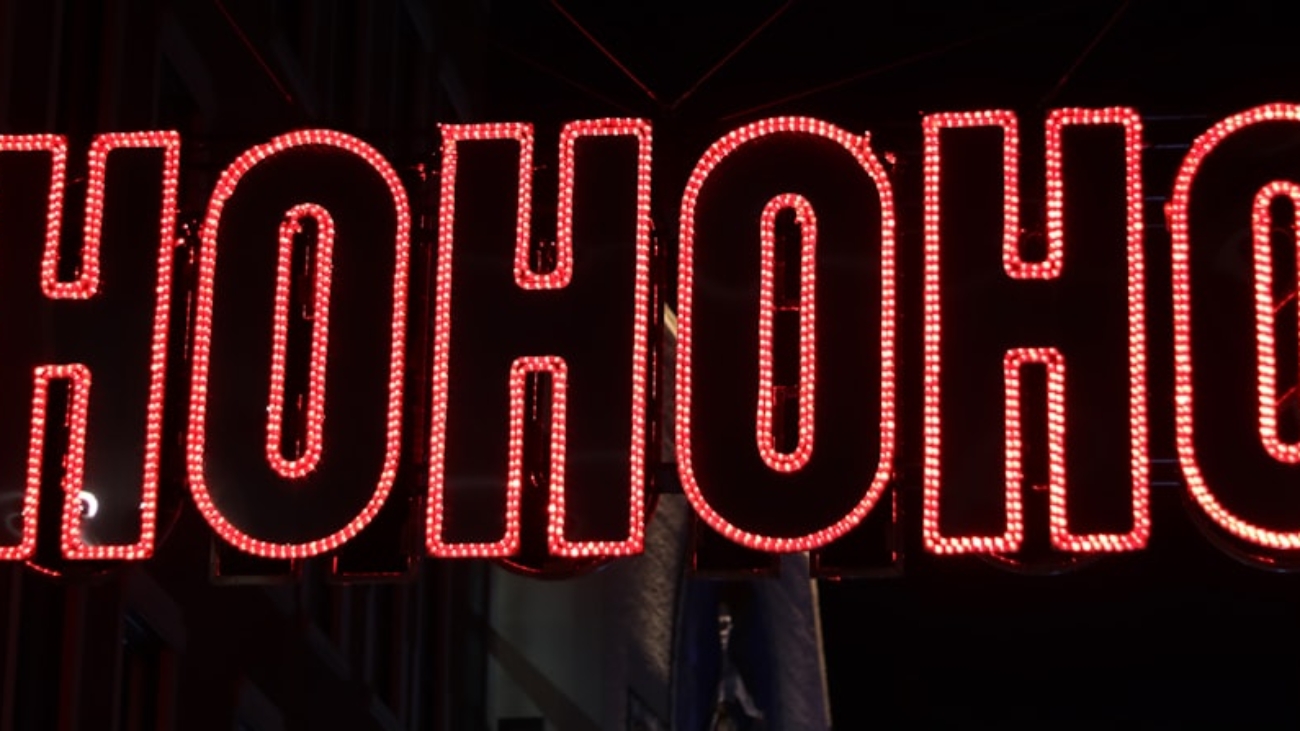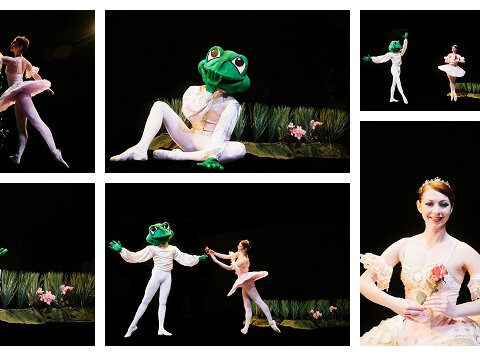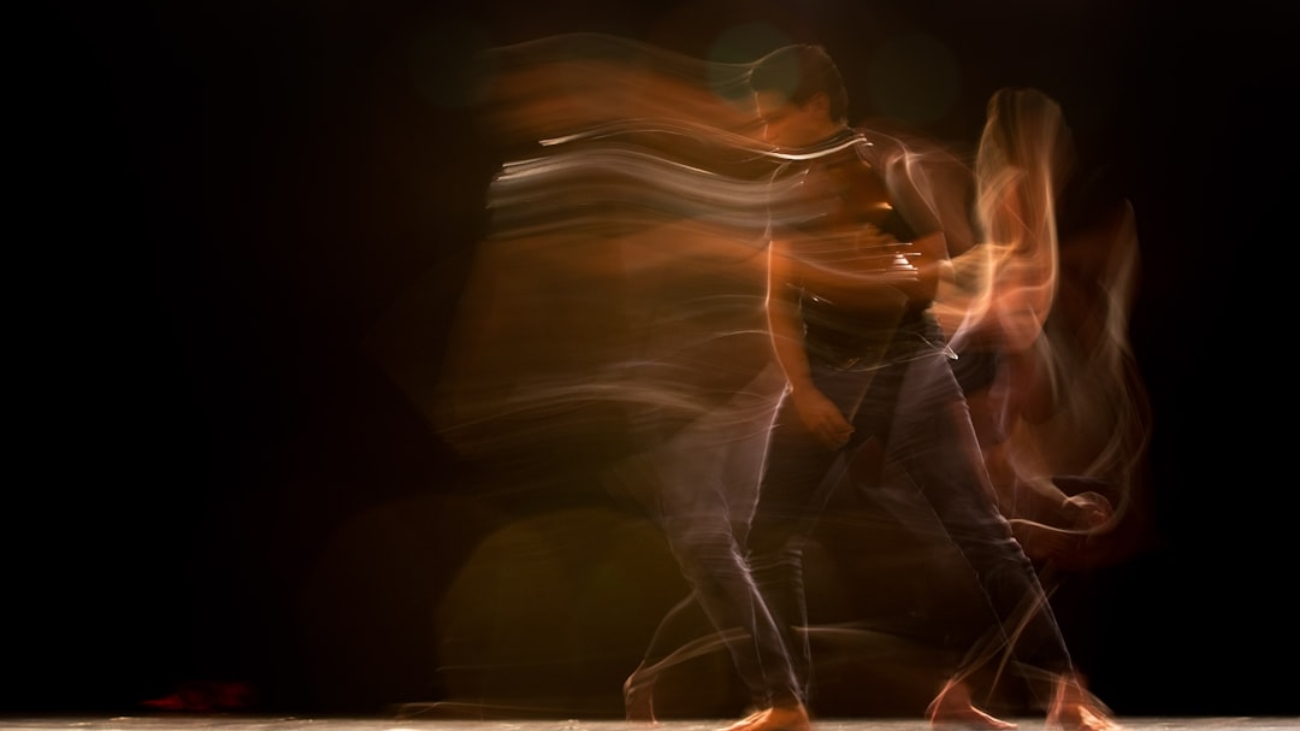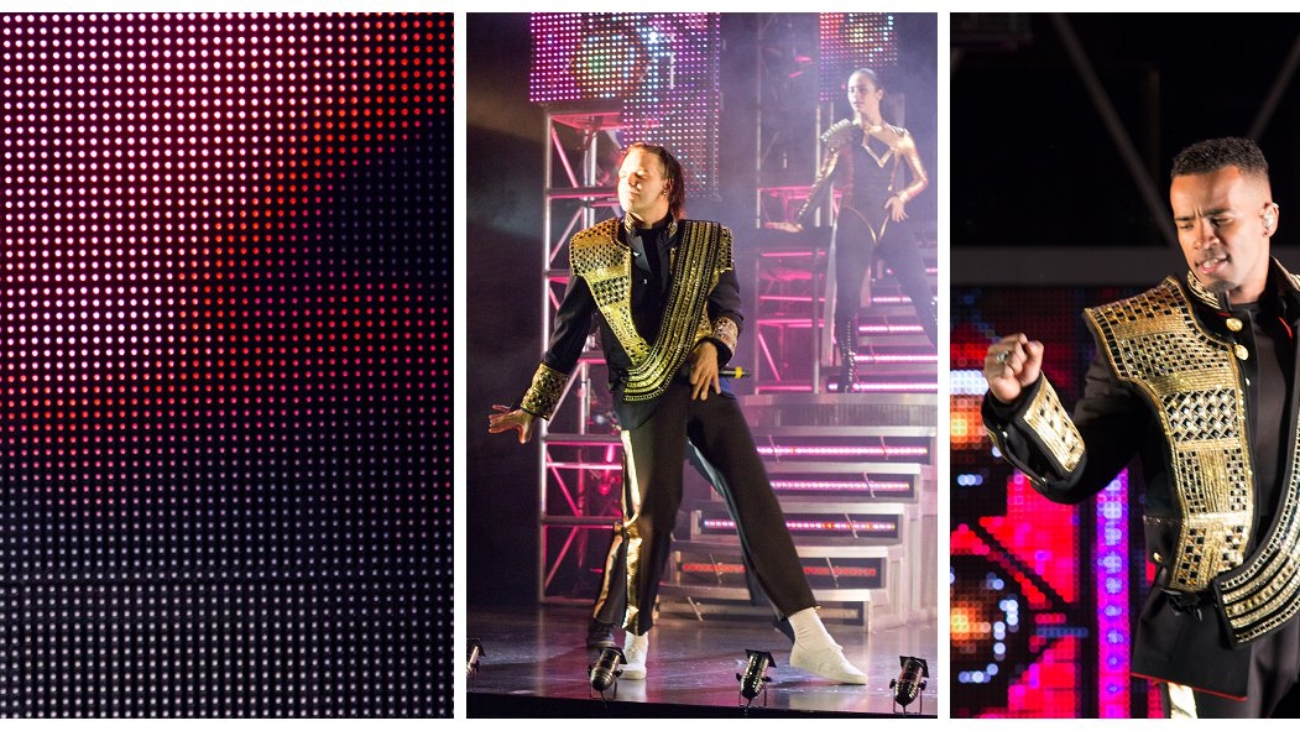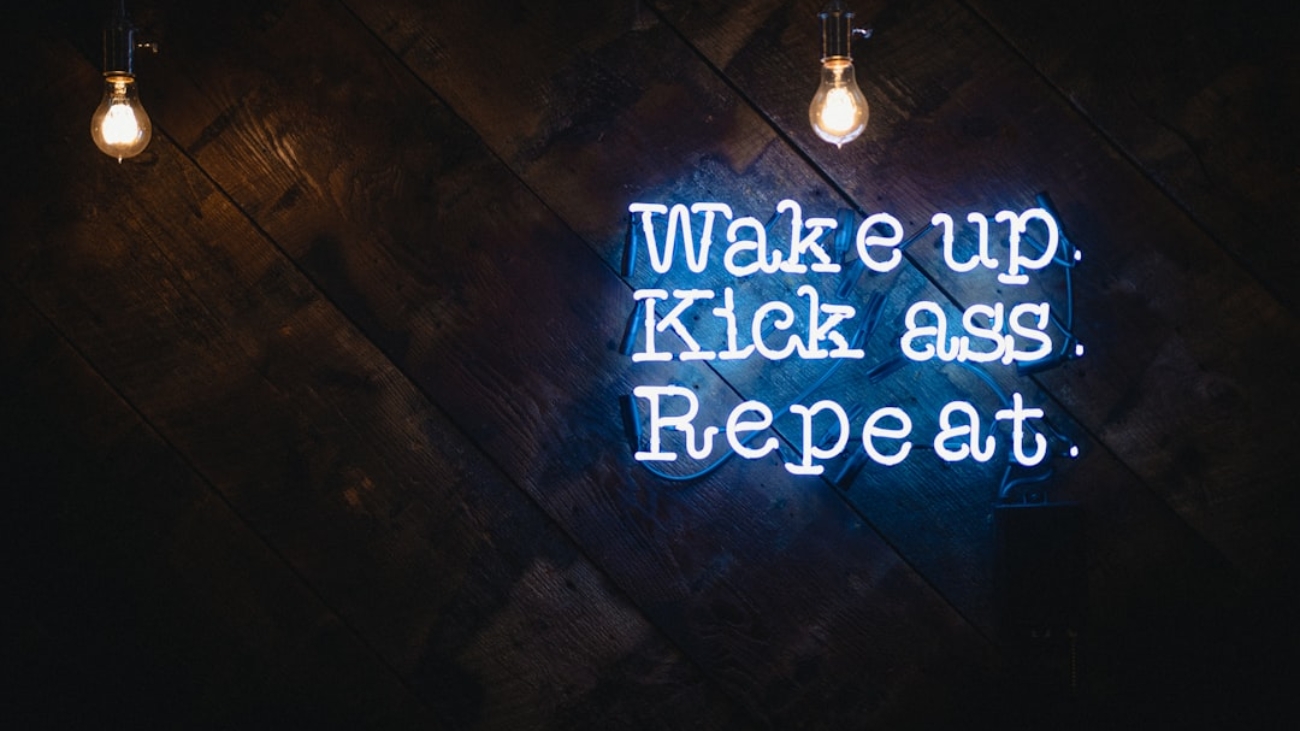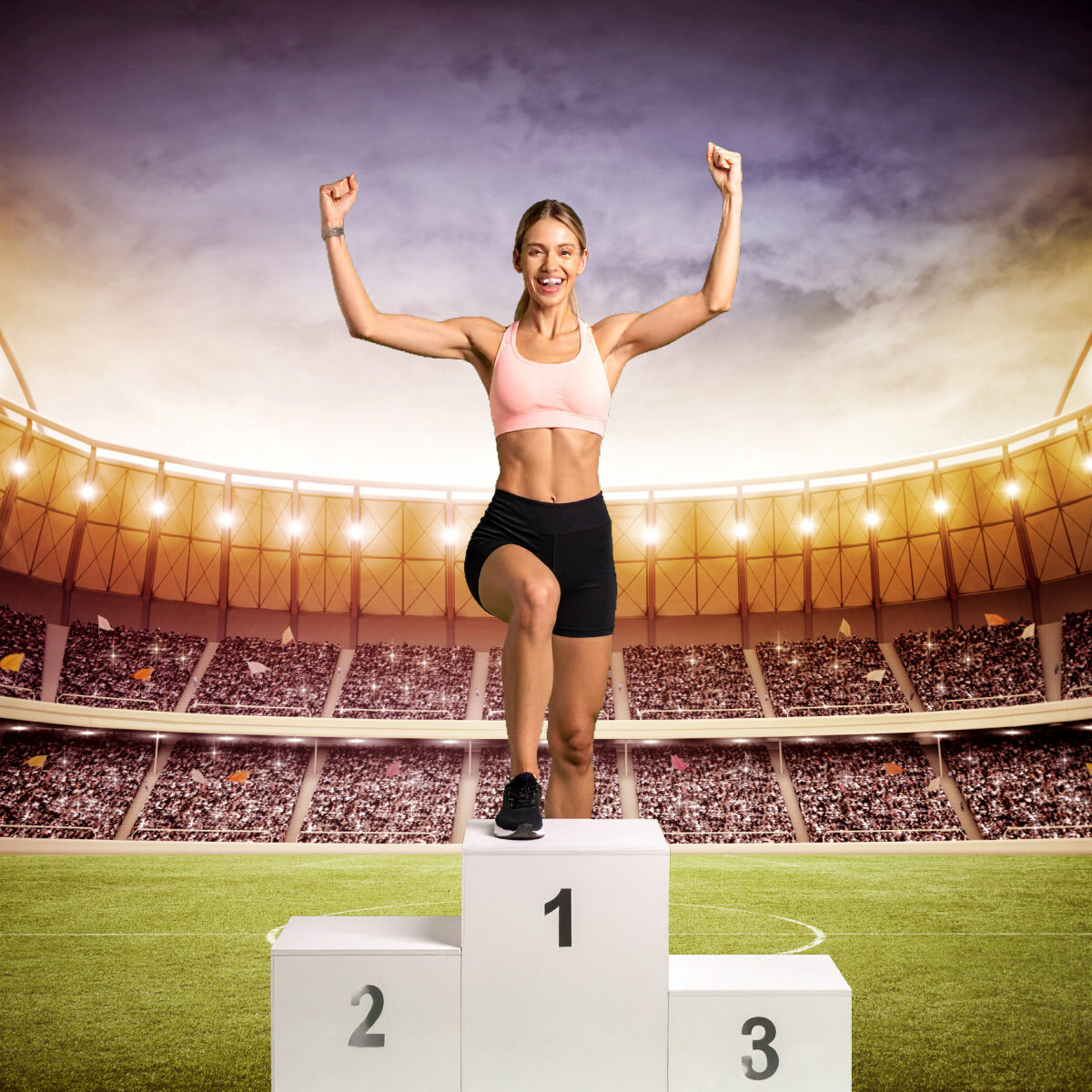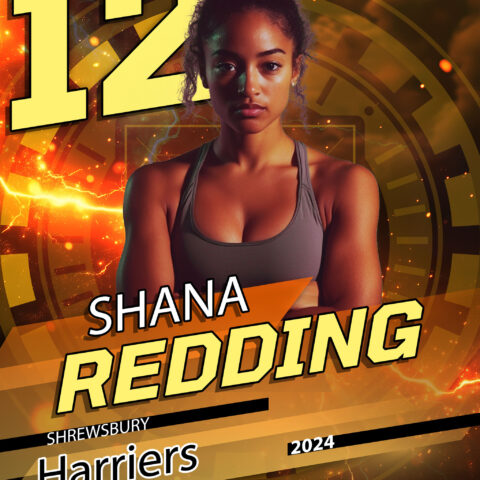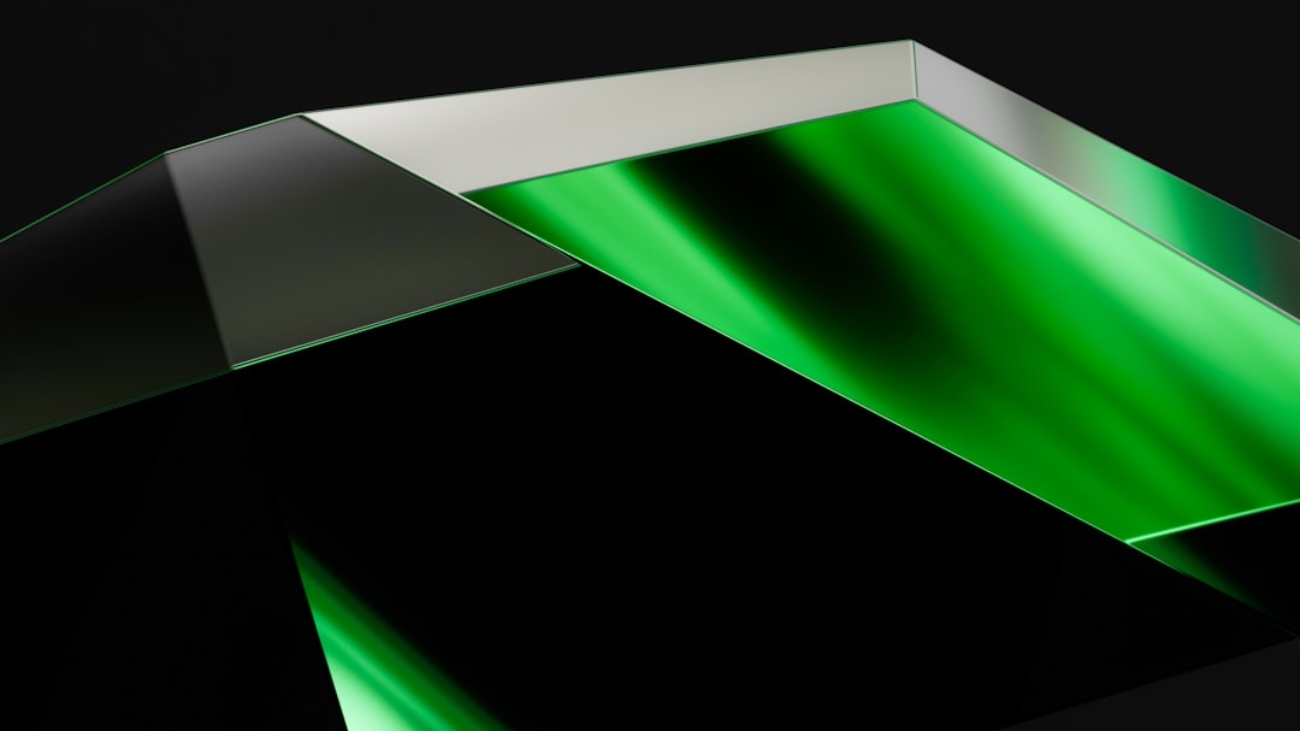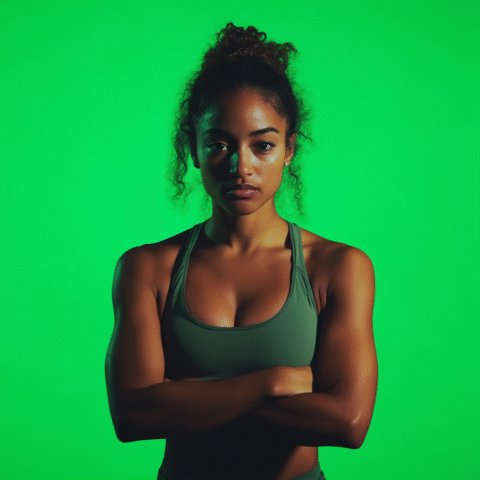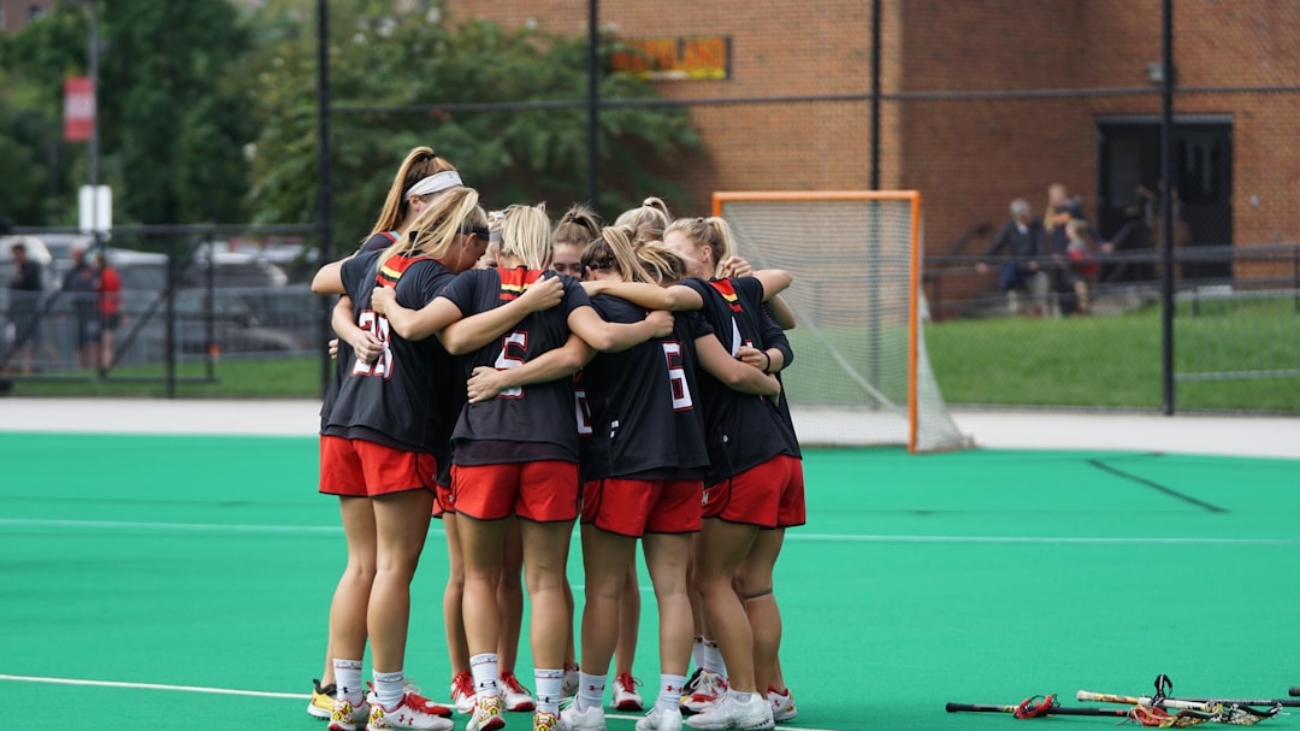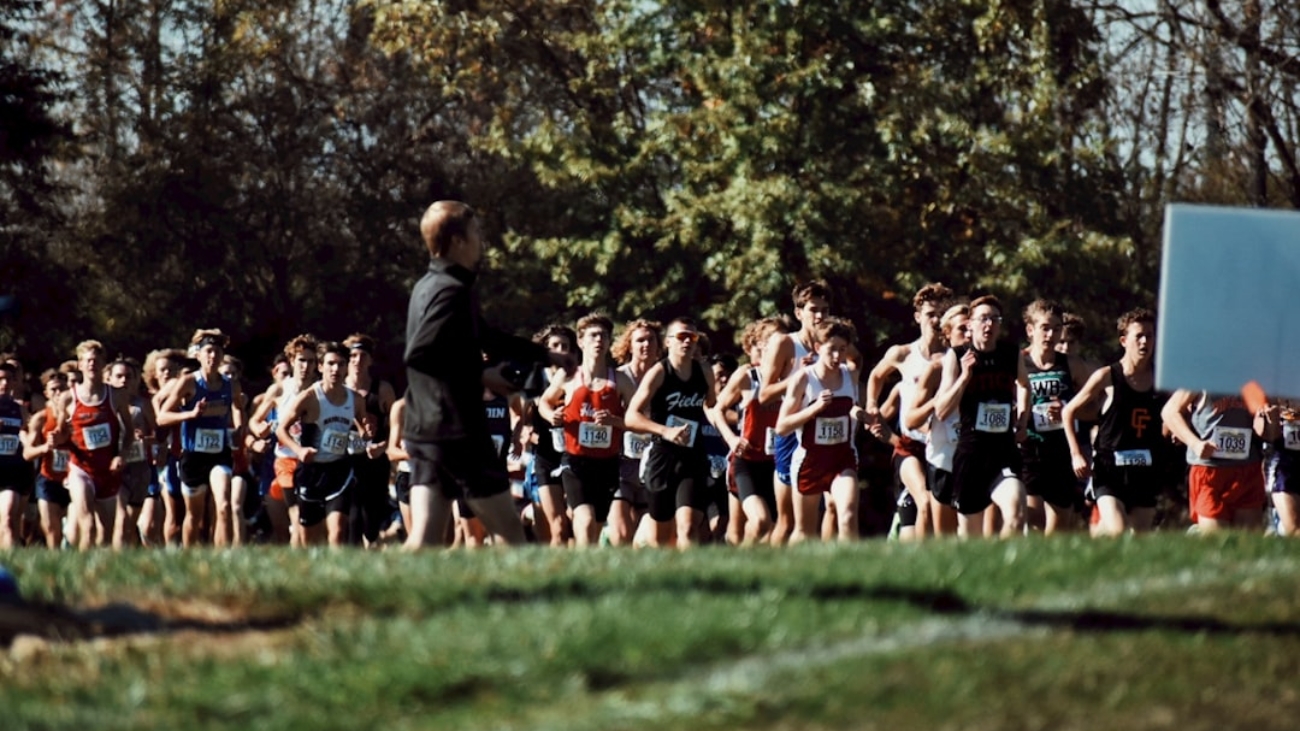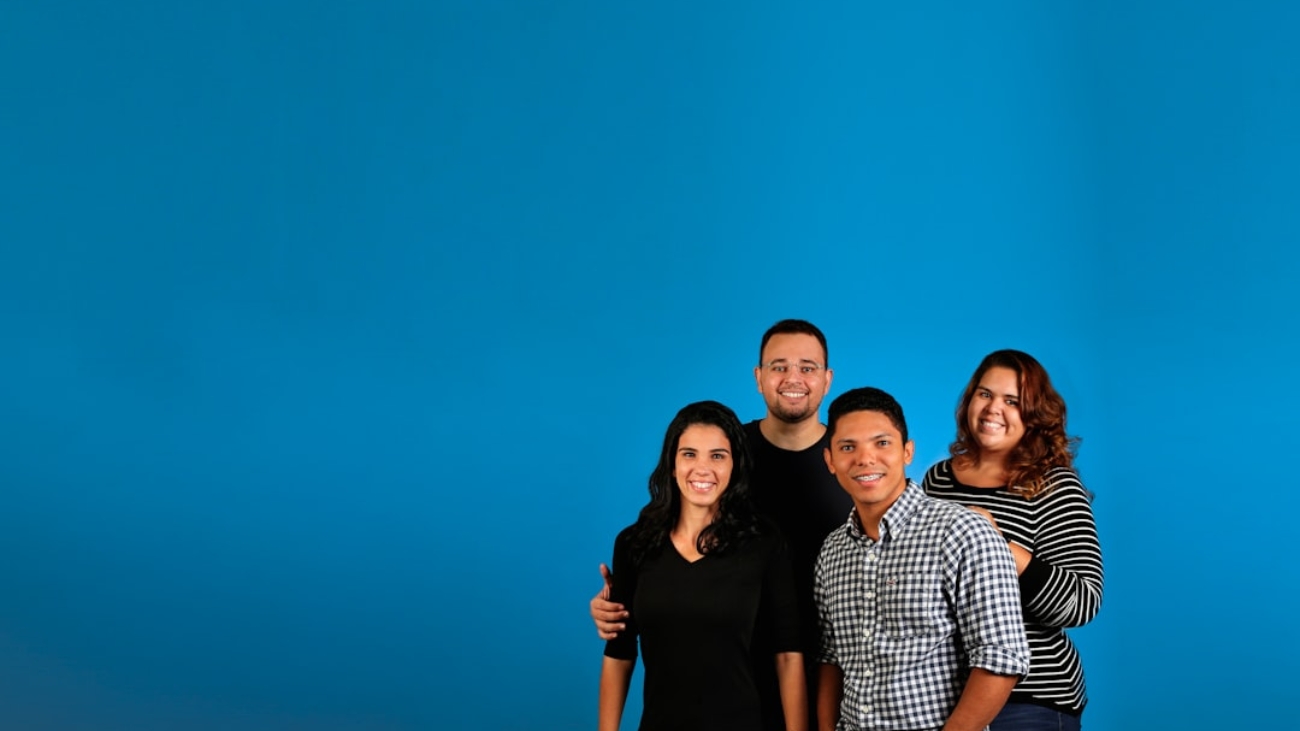As we delve into the world of dance photography, we find ourselves immersed in a realm where movement and emotion intertwine. Dance, in its many forms, is a powerful expression of human experience, and our role as photographers is to encapsulate that essence in a single frame. Each dancer tells a story through their movements, and it is our responsibility to translate that narrative into visual art.
The challenge lies not only in freezing a moment in time but also in conveying the fluidity and grace that characterise the art of dance. In our pursuit of capturing these fleeting moments, we often find ourselves drawn to the emotional depth that dance evokes. The joy, struggle, and passion of the performers resonate with us, and we strive to reflect that in our images.
Whether it’s the delicate arch of a ballerina’s foot or the explosive energy of a hip-hop dancer, each photograph becomes a testament to the dedication and artistry involved in their craft. By focusing on the dancers’ expressions and body language, we can create portraits that resonate with viewers, inviting them to feel the rhythm and emotion behind each performance.
Key Takeaways
- Capturing the movement and emotion in dance photography is essential for conveying the energy and passion of the dancers on stage.
- Lighting and composition play a crucial role in highlighting the grace and beauty of dance movements in photography.
- Understanding the unique challenges of dance competitions, such as fast-paced routines and unpredictable movements, is key to capturing the perfect shot.
- Tips and techniques for photographing dance competitions include using fast shutter speeds, anticipating movements, and finding the right angles to showcase the dancers’ skills.
- Timing and anticipation are crucial in capturing the perfect shot, as dancers move quickly and unpredictably on stage.
The Role of Lighting and Composition in Dance Photography
Lighting plays a pivotal role in dance photography, shaping not only the mood of our images but also highlighting the intricate details of movement. As we navigate various performance venues, we must adapt to different lighting conditions, from the soft glow of stage lights to the harshness of fluorescent bulbs in competition halls. Understanding how to manipulate light allows us to enhance the dancers’ forms, creating dramatic shadows and highlights that accentuate their physicality.
Composition is equally crucial in our quest to capture the essence of dance. We often experiment with different angles and perspectives, seeking to find the most dynamic framing for each shot. By positioning ourselves strategically, we can emphasise the lines and shapes created by the dancers’ bodies, drawing attention to their artistry.
Whether we choose to focus on a single dancer or capture a group in motion, our compositional choices can significantly impact the narrative conveyed through our photographs. The interplay between light and composition ultimately shapes our artistic vision, allowing us to create compelling images that resonate with audiences.
Understanding the Unique Challenges of Dance Competitions
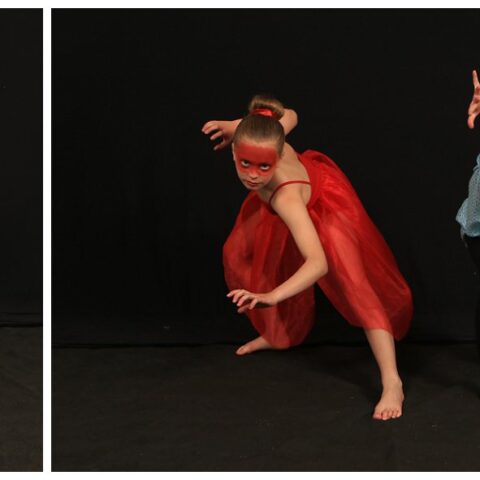
Dance competitions present a unique set of challenges that require us to be both adaptable and resourceful. Unlike staged performances where we have the luxury of anticipating movements, competitions often unfold at a rapid pace, leaving little room for error. As we navigate through crowded venues filled with eager spectators and fellow photographers, we must remain vigilant, ready to capture each dancer’s moment of brilliance amidst the chaos.
Moreover, the pressure of competition adds an additional layer of complexity to our work. Dancers are often performing their routines for judges who are evaluating their skills and artistry, which can lead to heightened emotions on stage. As we strive to document these performances authentically, we must be sensitive to the atmosphere and energy in the room.
Our ability to remain unobtrusive while still capturing the intensity of each moment is essential in creating images that reflect the spirit of competition.
Tips and Techniques for Photographing Dance Competitions
To navigate the fast-paced environment of dance competitions successfully, we have developed a set of tips and techniques that enhance our photography experience. First and foremost, preparation is key. Familiarising ourselves with the schedule and layout of the venue allows us to plan our shots effectively.
Arriving early gives us the opportunity to scout locations and identify optimal vantage points for capturing performances. Additionally, utilising fast shutter speeds is crucial in freezing motion during high-energy routines. We often set our cameras to continuous shooting mode, enabling us to capture multiple frames in quick succession.
This technique increases our chances of obtaining that perfect shot where a dancer’s expression aligns harmoniously with their movement. Furthermore, we pay close attention to our camera settings, adjusting ISO levels as needed to accommodate varying lighting conditions without compromising image quality.
The Importance of Timing and Anticipation in Capturing the Perfect Shot
In dance photography, timing is everything. Our ability to anticipate movements allows us to capture those split-second moments that define a performance. We often study dancers’ routines beforehand, familiarising ourselves with key transitions and highlights within their choreography.
This knowledge enables us to position ourselves strategically and be ready for those breathtaking leaps or intricate footwork that can easily be missed if we’re not paying attention. Moreover, developing an instinct for timing requires practice and experience. As we immerse ourselves in various dance styles and performances, we begin to recognise patterns in movement that inform our shooting decisions.
This heightened awareness not only enhances our technical skills but also deepens our connection with the art form itself. Ultimately, it is this blend of anticipation and timing that allows us to create images that resonate with viewers on an emotional level.
Capturing the Energy and Passion of the Dancers on Stage

One of our greatest joys as dance photographers is capturing the raw energy and passion that dancers exude on stage. Each performance is a culmination of countless hours of practice, dedication, and emotion, and it is our privilege to document this journey through our lens. We strive to convey not just the physicality of dance but also the spirit behind it—the joy, struggle, and triumph that each dancer embodies.
To achieve this, we often focus on close-up shots that highlight facial expressions and body language. A dancer’s gaze can convey a wealth of emotion, from determination to vulnerability, and capturing these nuances adds depth to our portraits. Additionally, we experiment with different focal lengths and depths of field to create a sense of intimacy within our images.
By isolating dancers against blurred backgrounds or incorporating elements of their surroundings, we can enhance the narrative quality of our photographs.
The Impact of Technology on Dance Photography and Competition Coverage
As technology continues to evolve, so too does its impact on dance photography and competition coverage. The advent of digital cameras has revolutionised our approach, allowing us to shoot with greater flexibility and precision than ever before. With high-speed autofocus systems and advanced image processing capabilities, we can capture fast-paced performances with remarkable clarity.
Moreover, social media platforms have transformed how we share our work with audiences around the world. Instantaneous access to images allows us to connect with dancers, choreographers, and fans alike, fostering a sense of community within the dance world.
Live streaming competitions has also become increasingly popular, enabling us to document performances in real-time while reaching wider audiences who may not be able to attend in person.
Showcasing the Beauty and Diversity of Dance Styles through Photography
Dance is an art form rich in diversity, encompassing a myriad of styles that reflect cultural heritage and personal expression. As photographers, we have the unique opportunity to showcase this beauty through our work. From classical ballet to contemporary dance, hip-hop to traditional folk forms, each style offers its own set of challenges and rewards when it comes to capturing its essence.
We often find ourselves drawn to the distinct characteristics that define each genre—whether it’s the elegance of a pirouette or the raw energy of street dance. By embracing this diversity in our photography, we not only celebrate the artistry involved but also contribute to a broader understanding of dance as a universal language. Our images serve as a testament to the power of movement as a means of connection across cultures and communities.
In conclusion, dance photography is an art form that requires skill, sensitivity, and an unwavering passion for movement. Through our lens, we strive to capture not only the technical prowess of dancers but also the emotions that drive their performances. By understanding the nuances of lighting, composition, timing, and technology, we can create compelling images that resonate with audiences while celebrating the beauty and diversity inherent in dance itself.
If you are interested in learning more about the world of dance competitions photography, be sure to check out the blog section of All Star Legends’ website here. They offer valuable insights and tips for aspiring photographers looking to capture the energy and excitement of dance competitions.
book your photoshoot now
FAQs
What is a dance competitions photographer?
A dance competitions photographer is a professional photographer who specializes in capturing images of dance competitions, including performances, backstage moments, and candid shots of dancers.
What does a dance competitions photographer do?
A dance competitions photographer is responsible for capturing the energy, emotion, and artistry of dance performances at competitions. They may also take photos of dancers preparing backstage, interacting with each other, and celebrating their achievements.
What skills are required to be a dance competitions photographer?
Skills required for a dance competitions photographer include a strong understanding of photography techniques, the ability to capture fast-paced movement, an eye for composition and lighting, and the ability to work well under pressure.
What equipment does a dance competitions photographer use?
A dance competitions photographer typically uses professional-grade cameras, lenses, and lighting equipment to capture high-quality images in various lighting conditions. They may also use tripods, monopods, and other accessories to stabilize their shots.
How can I become a dance competitions photographer?
To become a dance competitions photographer, one should start by gaining a strong foundation in photography through education, workshops, and hands-on experience. Building a portfolio of dance photography and networking within the dance community can also be beneficial.


